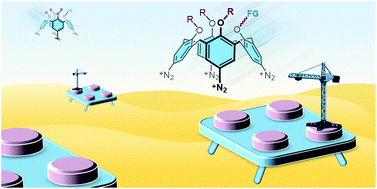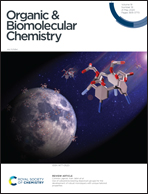Use of calixarenes bearing diazonium groups for the development of robust monolayers with unique tailored properties
Abstract
Surface modification represents an active field of research that finds applications, amongst others, in the development of medical devices, sensors and biosensors, anti-biofouling materials, self-cleaning surfaces, surfaces with controlled wettability, corrosion resistance, heterogeneous catalysis and microelectronics. For some applications, surface functionalization with a nanometric-size monolayer is desired. In this review, efforts to covalently functionalize a wide array of surfaces with calixarenes bearing diazonium groups are described. More specifically, methodologies to obtain monolayers of calix[4 or 6]arene derivatives on conductive, semi-conductive or insulating surfaces as well as on nanoparticles are presented. The main advantages of this general surface modification strategy (i.e. formation of true monolayers that can be post-functionalized, high robustness and control over the composition of the calixarene-based coating) and its current scope of applications and future challenges are discussed.



 Please wait while we load your content...
Please wait while we load your content...